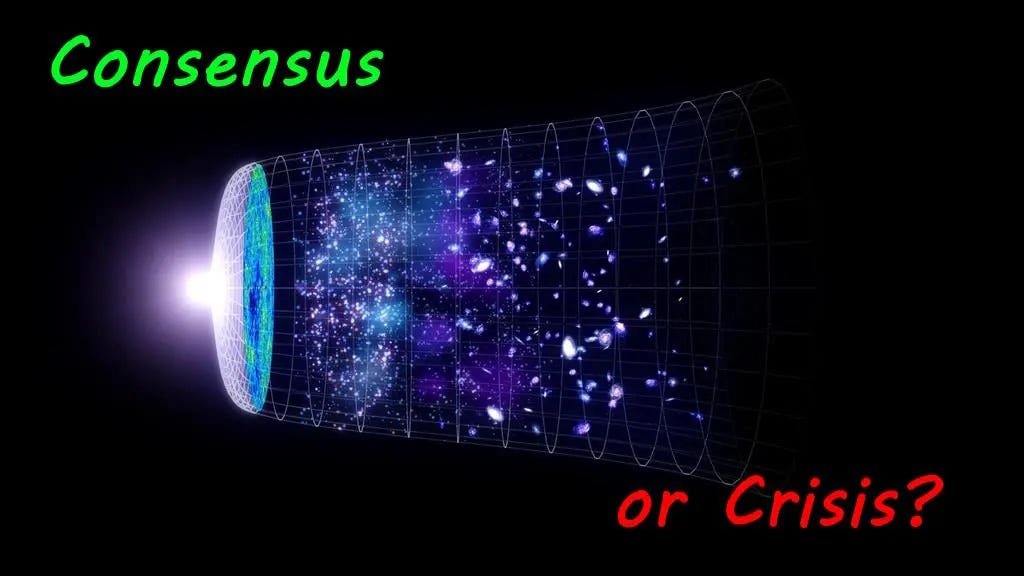25 years ago, our concordance picture of cosmology, also known as ΛCDM, came into focus. 25 years later, are we about to break that model?
Everywhere you look these days, you’re likely to hear declarations that cosmology — the science of what the Universe is made of, where it came from, how it got to be the way it is today, and what its ultimate fate will be — is in crisis. The Hubble tension, or the controversial fact that different methods of measuring how fast the Universe is expanding give different, mutually inconsistent answers, has gotten so significant that some now call it the Hubble crisis. The DESI survey, designed to measure the evolution of large-scale structure in the Universe, indicates a preference for evolving, rather than constant, dark energy, as well as a preference for (unphysically) negative neutrino masses. And the CMB, often considered the “rock” of 21st century cosmology, stands in disagreement with both supernova and large-scale structure data.
Is the data now compelling enough that we have to abandon our notion of a standard dark energy and dark matter-dominated Universe? Is this truly a crisis for ΛCDM cosmology: something that was only pieced together just before the turn of the century? It’s worth taking a long-term perspective here, and to look at just what we’ve learned over the last 25 years, including what supports and what threatens to upend our current way of viewing the Universe. Cosmology has come a long way so far in the 21st century, but there’s a lot farther to go as far as figuring out what’s really going on in the Universe.
25 years ago, we were just assembling our modern picture of the Universe. We had:
- CMB measurements from COBE, BOOMERanG and Maxima, which indicated that the Universe was flat, or that the total sum of all the different types of energy within it equaled ~100%, with no spatial curvature.
- Large-scale structure data from surveys like PSCz and the 2dF galaxy redshift survey, which taught us that there is a large amount of cold…

